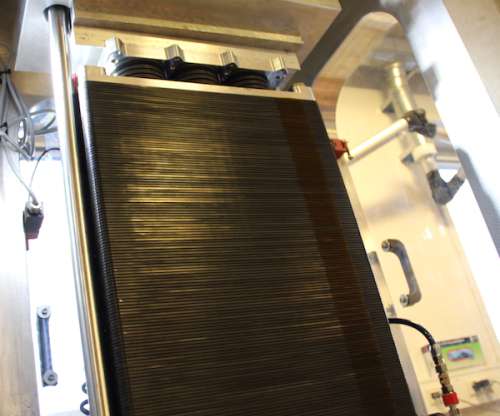Blue World Technologies starting production of methanol fuel cells
Green Car Congress
OCTOBER 8, 2020
The high-temperature (HT) PEM technology operates at 160-180 °C and has a high resistance to impurities in reformat gas—making it suitable to combine with fuel reformers. The combination can be done without the implementation of expensive and cumbersome clean-up technologies which enables a simple and cost-effective system design.











Let's personalize your content